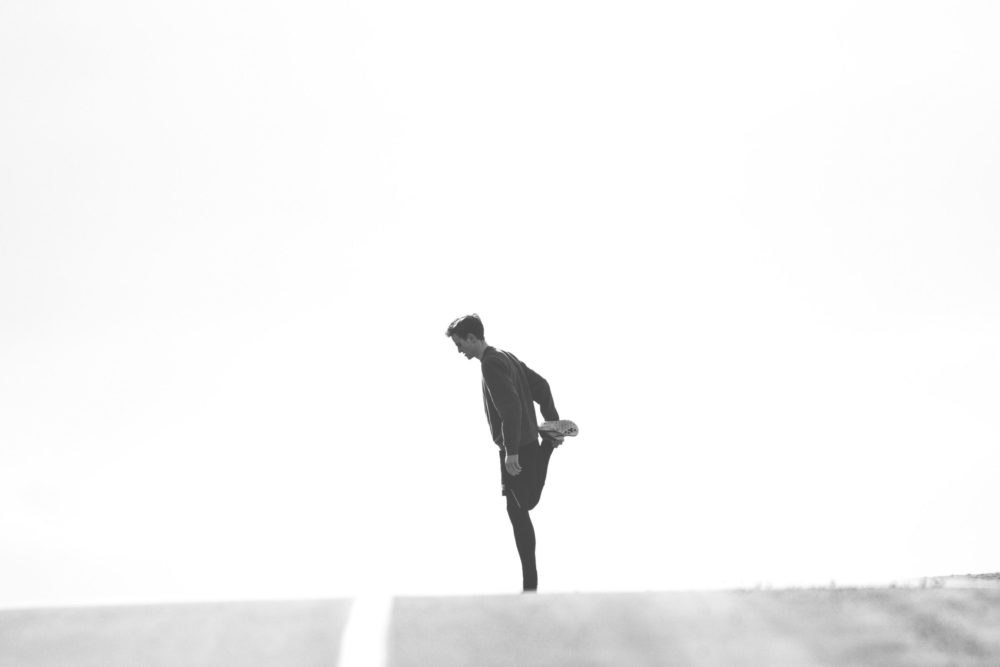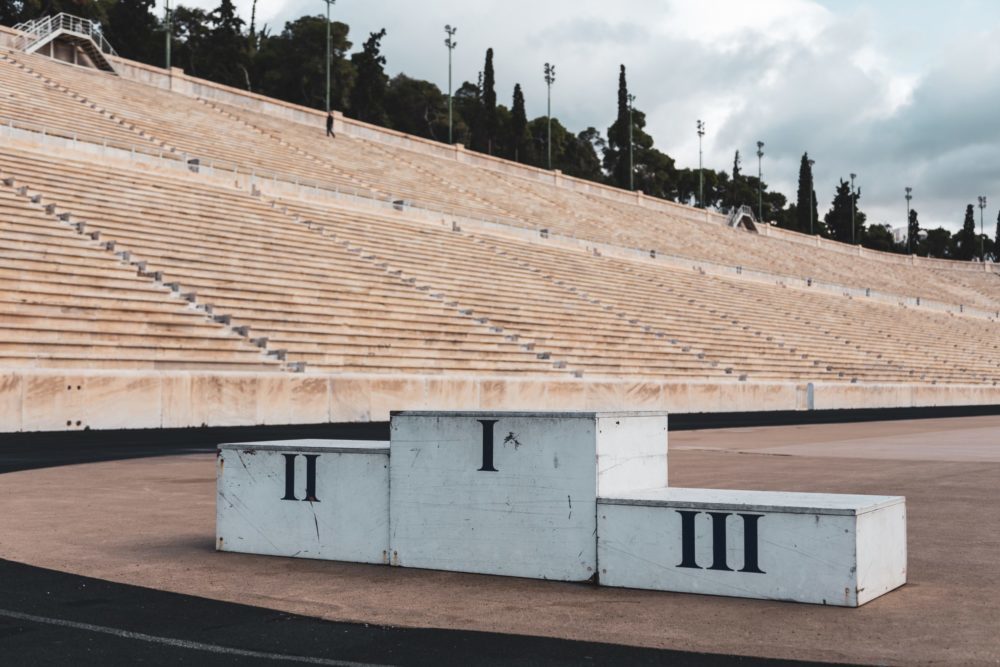
Why am I not improving at rowing?
People who have just started rowing often expect to improve more quickly than is really feasible. This inevitably leads to frustration, particularly when you cannot row the same split times or strokes per min you were hoping for. This is extremely common with newcomers to any sport and can often lead to people giving up physical exercise altogether.
All this is connected with our emotions, but it also about setting realistic goals in relation to our own ability and motor skills. So this week take a min to assess where you are at in your rowing journey and use let us answer three of the most important questions when it comes to learning to row well.
Q1. Why can’t I row that well?
This is the question lots of us ask ourselves just after starting to row. We inevitably compare ourselves to “better” rower, which can often be extremely frustrating. This can also depend on the methods our rowing instructor employs to teach us the proper technique.
Good coaches realise that beginners have not had time to learn the right motor skills to row properly, whatever goal they are focusing on. In this respect, we here at DH know that verbal instructions need to be backed up by visual aids: observing and attempting to implicitly memorise is the most effective strategy for achieving the aspired standard of rowing technique – heck look at our Youtube Channel https://www.youtube.com/channel/UCshPuX_lIPyxu0U2iwhhBZg and you will see hundreds of videos exactly for this reason!. The idea is to make all the movements constituting our rowing stroke automatic. Learning to make these movements automatic takes time and lots of practice, as well as expert help.
Q2: Why can’t I row as far as I would like to?
Quantity is something even less experienced rowers use to assess their swim skills. Nevertheless, it is also a yardstick that can easily lead to frustration. To avoid this, it is extremely important to set realistic goals for your own ability, as well as being willing to train hard.
It is actually a good idea to set goals that are as ambitious as possible but within your reach. Lots of variables need to be taken into account in this respect: your motivation, current standard, the amount of time you have the training and, of course, the effects our emotions can have on physical exercise.
A healthy sporting environment can be judged by the relatively few people who give up. It is somewhere that offers carefully planned training geared to specific goals. For example, it would be unrealistic to expect an entire children’s or adults’ course to reach the same standard of technique at the same time. As much attention as possible must be focused on the individual. But that is not all, a sporting environment that encourages people to stay in the sport is also the kind of place where instructors allocate the appropriate amount of time to every single beginner so that they can learn all the movements required for a technically-correct rowing stroke.
Q3: Why do I get so tired?
Fatigue is a limiting factor in athletic performance and the delay of fatigue is a major reason why everyone trains so hard. In theory, the human body has sufficient fuel supplies to keep it moving for several weeks and muscle fibres will keep contracting for as long as there is fuel, and a nervous system to stimulate them.
So fatigue is ultimately the condition in which the muscles contract and energy is supplied change and thus fatigue is inevitable. From a rowing, perspective remember you stimulate the majority of the muscle fibres in your body when performing the rowing movement so you will demand a huge about of fuel and lots of stimulation from the nervous system.
In summary, you have to remember that rowing is extremely individual to you. Your goals/aims and aspirations are all relevant to just how fast you are going to improve. Remember to take stock and give yourself a chance to appreciate how far you have come and the lessons you have learnt.
Yours in fitness, education and improving your rowing.
Coach John
Photo by Emily Bauman on Unsplash
No products in the cart.


